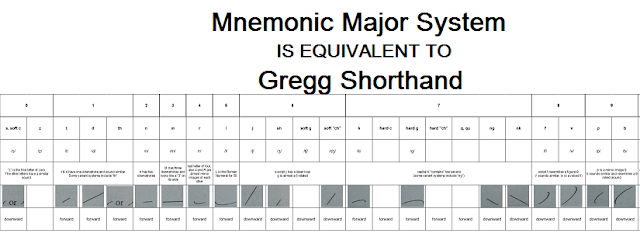ELECTRONICS
Sunday, March 22, 2020
Mnemonics in Educational Research
Many educational
institutes which provide Coaching to crack entrance exams takes help of
mnemonics to pile up huge amount of information.
These institutes have now adopted short tricks to teach their students which is not useful for long term memory access, this is bcoz of the pattern of the exam that is most of the questions are multiple choice that can easily be solved by remembering short trick methods. Now, students don’t want to get deep knowledge of the concern subjects, they only opt for the institutions which provide better mnemonics. Mnemonics can help to remember specific information but the fact of information is not accessed.
These institutes have now adopted short tricks to teach their students which is not useful for long term memory access, this is bcoz of the pattern of the exam that is most of the questions are multiple choice that can easily be solved by remembering short trick methods. Now, students don’t want to get deep knowledge of the concern subjects, they only opt for the institutions which provide better mnemonics. Mnemonics can help to remember specific information but the fact of information is not accessed.
Teaching &
Learning is always an art. But, when we take the traditional teaching &
learning, knowledge loss is very high. As per our research, we have found that
the knowledge loss is more than 60% for any subject on an average. Traditional
Teaching & Learning is having advantage of more interaction, changing pace.
But it failed to address the knowledge loss due to mixed crowd, personal
motivation.
General methods to
improve memory:-
·
Use Images
Images can provide
a memory benefit. Using this way enhance memory problems & helps to
remember things for long term.
·
Increase amount of practice
Students remember
things better if they have practice using it more frequently.
· Enhance
meaningfulness
Use more examples
for students to explore so the content becomes more meaningful a part of their
experience.
·
Increase attention
Students will not
be able to remember the things taught in the class, if they don’t pay
attention.
·
Minimize interference
Emphasize only on
the critical features of a new topic. Avoid irrelevant information that waste
your precious time and not helping in building up a response that answer your
problem.
· Promote Active
modifications
Student recall
things better when they experience it for themselves. They must be given
opportunity to modify the content and analyze it, and then only they can strengthen
themselves.
·
Promote written ability
Many things that
need to be recalled must be written down on a piece of paper which is called as
external memory. For instance such as keeping a notebook of assignments and
students calendar may leads to fruitful outputs.
Mnemonics helps to
reduce stress, make free up cognitive resources for higher order thinking. It
also helps students perform better in exams without fear. Practical demands are
not met by mnemonics that’s why they are not widely used now, days in the
education system. They don’t help with transfer of knowledge or long passages
etc.
Mnemonics requires practice and training on
regular basis and may not lead to long time memory access without cooperation
from other methods and techniques. It should be repeatedly used not just once
because that is of no use if it has no application to relate it to the next
higher study material. When we are deciding to use the learning techniques we
must know how and where to use such methods. It does not revolutionalize
education system level.
(Assistant Professor ECE Department Geeta Engineering College, Panipat)
AUTHOR:






































